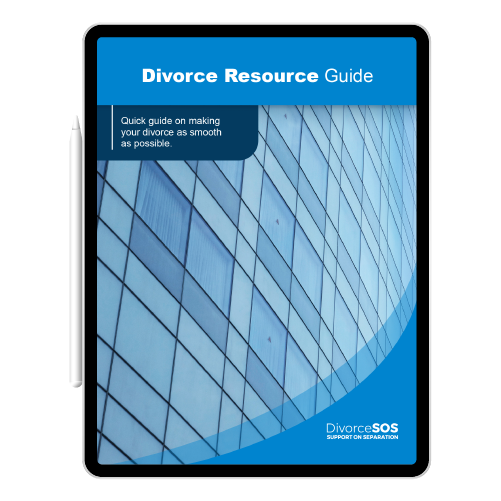Locked-In Retirement Accounts
Can a LIRA be transferred to a spouse?
With a written separation agreement or a court order, the Income Tax Act allows for the tax-free transfer of IRC accounts between spouses. This allows for the equalization of registered assets without significant tax consequences, with records of your financial position as well as your spouse’s at the date of marriage and date of separation. This makes calculating the net family assets faster and easier.

How Locked-In Retirement Accounts are factored in Divorce
Either spouse may own property and incur debts in the name of the other. This means you will not automatically become a co-owner of any existing assets, such as a locked-in pension account (LIRA). Your spouse solely owns this asset. It will increase their date of marriage deduction while potentially reducing their net family property if they enter a marriage with a preexisting Locked-In Retirement Account.
Net family ownership is a measure of future progress during the marriage that begins on marriage and ends on separation. Regardless of the name under which it is found, a spouse’s property is considered marital property to be equalized or divided. It is critical to understand that assets cannot be divided or equalized during a divorce. You and your spouse can agree that other debts or assets of equal value will be used to cover the entire amount owed. You and your spouse could decide not to share any of your debts or assets, preserving your assets. Finally, whatever conclusion your spouse and you reach regarding your assets, any decision should be based on a complete set of facts.
Deferred Profit-Sharing Pension Plans
When you complete your divorce or separation, the law requires you to provide your financial statements as well as a disclosure form. This disclosure form serves as a visible record for disclosing private (financial) information. Your Bank Accounts information, Savings, Pensions report, and Securities information are the key sections that are requested to be open in your financial statement. Your DPSP remains marital property until your marriage is legally dissolved. That is, it is a financial plan that can be divided among the partners in accordance with the act.
However, not all legal separations or divorces compel a spouse to divide their DPSP. You and your partner can agree to separate without dividing anything or paying off your debts with other assets of equal value.
In both cases, both parties’ deferred savings plans will remain unchanged. Whatever final decision is made regarding the DPSP of both partners in a divorce, and it is strongly advised that it be based on confirmed details, which is where the disclosure form comes into play. As a result, the balance of your DPSP must be indicated on the statement.
In the case of child support a legal separation is where your deferred savings plan would help deal with the calculations. All your disclosed funding sources, including your income, would be used to deduct the support you begin to pay once the marriage is fully dissolved. Suppose you are a corporate executive (employer, director, or leader). In that case, it may be imperative to include all of your financial sources in your statement, including your employer’s Deferred Profit-Sharing Plan.
DIVORCE REFERENCE GUIDE

